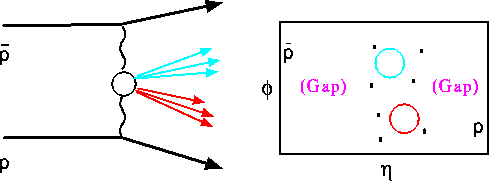
Figure 6: The diagram for a hard double pomeron exchange interaction resulting in a final state with a scattered proton, anti-proton, and two jets. The
Hard double pomeron exchange is another process that can be studied effectively using the FPD. In this process both the incoming proton and anti-proton emit a pomeron and the two pomerons interact to produce a massive system. At the Tevatron a central system of about 100 GeV could be produced. With both arms instrumented it would be possible to measure both the proton and anti-proton using the FPD, and jets (for example) using the central calorimeter.

Figure 6: The diagram for a hard double pomeron exchange interaction
resulting in a final state with a scattered proton, anti-proton, and
two jets.
The ![]() -
-![]() plot shows the distribution of particles in this event including
forward and backward rapidity gaps and the circles which represent
the two jets.
plot shows the distribution of particles in this event including
forward and backward rapidity gaps and the circles which represent
the two jets.
Due to the lack of color flow, rapidity gaps are expected to be produced
whenever a pomeron is emitted. Hard double pomeron exchange would thus
be expected to produce two rapidity gaps in conjunction with central
jets. DØ has already begun a search for this unique topology, which is
shown in Fig. 6.
A sample of double gap events has been observed, although the interpretation
of them in terms of hard double pomeron exchange requires further
study [11].
The addition of the FPD would remove any ambiguity from these results and
make it possible to study these very interesting events in detail
as the kinematics of the event would be fully determined by the detection
of both the p and
![]() .
.
Observation and measurement of hard double pomeron exchange would help determine the pomeron structure and provide unique information on the pomeron flux. Double pomeron exchange would have a normalization proportional to the square of the flux factor, unlike other hard diffractive processes. In addition, this process has been proposed as a trigger for Higgs production at the LHC [27]. Knowledge gained at the Tevatron would indicate if this approach is worth pursuing.